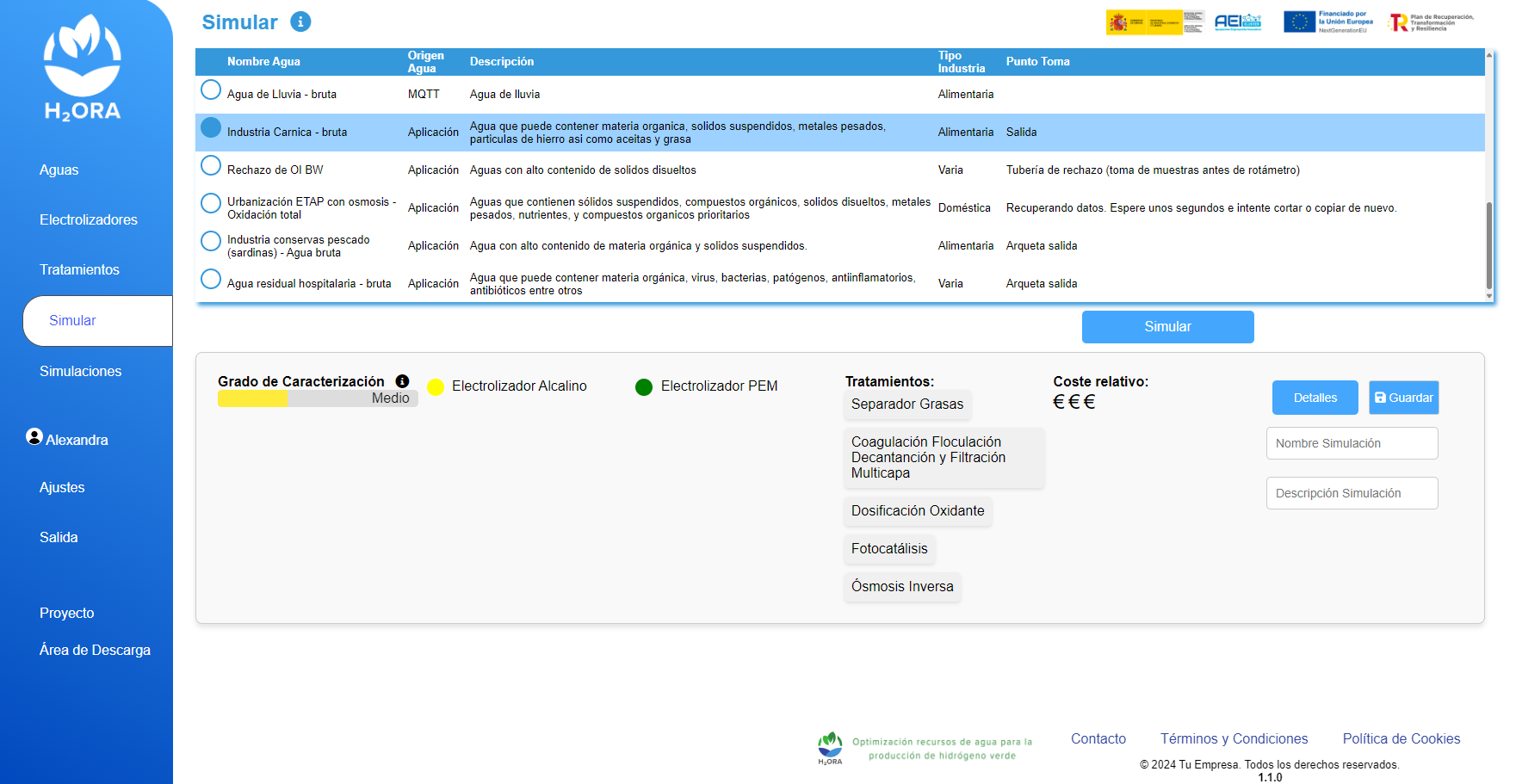After 11 months of work, it can be concluded that the project partners—ISFOC (Instituto de Sistemas Fotovoltaicos de Concentración), SOLARTYS - Clúster de la energía solar, ADIEGO HERMANOS, Vanguardland-Consultoría Energética Lda, and ZINNAE - Clúster para el uso eficiente del agua,—have achieved the objectives we set out to accomplish. However, we also have to admit that we have only opened the door to a world where sustainability and circularity go hand in hand with the energy transition towards a zero-emission future, where the generation of Green Hydrogen plays a prominent role.
During the course of the project, we have expanded general knowledge on the specific water requirements as a raw material for electrolysis plants using renewable energies, and a database of wastewater and process streams that can be used to produce green hydrogen has been created. This establishes the best conditioning treatments needed based on their characteristics.

All this information has been used to develop open-access software for professionals in both the wastewater sector and the green hydrogen sector. This tool allows for the automation of decision-making in water use for electrolysis, providing a significant competitive advantage in the planning, design, and operation of plants for hydrogen production from renewable energies.
However, as Johann Wolfgang Von Goethe said, “No one ever completed their learning.” Therefore, based on the results obtained, we believe that continued advancement and knowledge generation in the optimization of water use for Green Hydrogen production is essential to unlock the great potential of this energy vector.
The H2ORA project has been funded by the Ministry of Industry, Trade and Tourism of the Government of Spain and the European Union – Next Generation EU through the support program for Innovative Business Groups for 2023 within the framework of the Recovery, Transformation, and Resilience Plan. File Number: AEI-010500-2023-61.
.png)
.png)
.jpg)



